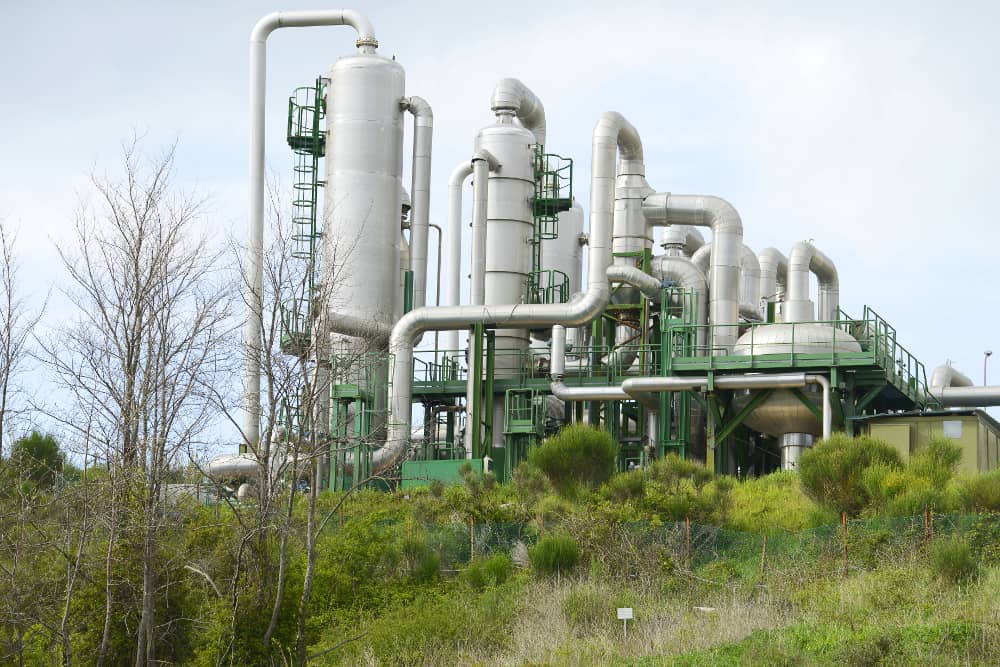Top Techniques for Ultrasound Thickness Measurement

In oil and gas, asset integrity is non-negotiable. Large infrastructural assets—including pipelines, storage tanks, large forgings, drilling pipes, and dome ends—must be inspected regularly for signs of wear or weakness due to erosion or abrasion, which manifest in reductions of wall thickness. They must also be inspected pre-installation for defects. Diminishing wall thickness can indicate impending asset failure, which can cost millions in downtime, lost product, fines, and lawsuits.
Measuring the thickness of metallic and non-metallic structures requires specialized instruments. In order to measure thickness properly and record the results, analysts should be provided with three components per inspection team—an effective scanner, a portable ultrasonic instrument, and capable analysis and reporting software. The cost of investing in proper equipment, training, and time for ultrasonic thickness measurement is grossly overbalanced by the prevention of costly and dangerous failures.
What Is the Best Scanner for Ultrasonic Thickness Measurement?
Scanners that can effectively and efficiently detect variations in the thickness of metallic and non-metallic structures using ultrasonic imaging tend to share certain features:
The ability to move smoothly over both curved and flat surfaces. Some pipes that must be scanned have diameters of five inches or less, requiring significantly different—or flexible—scanner geometry to traverse. If the same scanner can measure both, the overall cost of ownership is reduced, as is the necessary storage space. This also improves portability, and therefore efficiency, by lowering the amount of gear technicians must transport for their day of work. Finally, this eliminates the need to stop work to switch scanners.
Significant width. Even on a curved surface, scanners move along a two-dimensional path in order to image the Z-axis area beneath. Their width, X, is determined by the width of the scanner. Their progress along the length of their path, Y, is determined by the speed at which they can process the return of their ultrasonic echoes (which actually requires movement through the fourth dimension, which can be described as Y/T [Time]). Wider scanners increase the size of the divisor used to divide the total area that must be scanned, decreasing the number of passes that must be made (the quotient) and allowing technicians to complete their work more quickly. A scanner two inches wide takes half the time to scan a pipe that a scanner one inch wide does.
Precise imaging capabilities. Defects and differences in wall thickness measured in single and decimal millimeters can lead to asset failure. Scanners must be precise enough to image even these minute flaws.
Selecting the right scanners during procurement can increase employee efficiency, reducing inspection costs or increasing inspection yield for the same cost.
Choosing Ultrasonic Instruments for Efficient Thickness Measurement
Scanners require a base instrument for power and data processing, in the same way that the camera on a phone requires the phone. Choosing the right ultrasonic instruments can also increase employee efficiency by increasing processing time. This allows employees to move more quickly along the Y-axis of a given scan, reducing the total amount of time it takes to scan a given area.
Other factors also influence the overall worth of each different ultrasonic instrument. Taking thickness measurements requires employees to travel to the physical location of each pipe or tank that must be scanned. The more portable an ultrasonic instrument is, the more easily employees can travel, increasing the amount of scanning that can be performed. Ultrasonic instruments that replace traditional key-based terminals with touchscreens are more portable than older, larger models.
In addition, scan locations are not necessarily located in friendly environments. They can be subject to extreme heat, extreme cold, saturation, vibration, and dust exposure. Ultrasonic instruments which are built to withstand such harsh conditions tend to last longer, increasing their value.
Important Software Capabilities for Ultrasonic Thickness Measurement
Intelligent software is required to collect and interpret the results of ultrasonic thickness measurements. It also enables the export and storage of information, creating databases that can be used to prove regulatory compliance or inform company research and analysis. The more usable and capable the software, the more efficiently technicians will be able to work. Some features that improve scanning results include:
- Immediate data analysis for real-time display
- Visual representations of areas already scanned, and areas that remain to be scanned
- Composite data stitching, which allows technicians to combine smaller, separate scan sections into a complete picture
- Storage and compilation programming to organize results into actionable reports
- Easily exportable data structures, allowing simple conversions into excel or text formats
Software packages are often tied to specific pieces of hardware. When comparing options, consider the total cost, the usability and capabilities of the software, the durability of the hardware, and the flexibility and utility of the scanner.
It’s important to note that while scanners themselves can be limited in their applications to thickness measurements, the ultrasonic instrument and software are not. The same instrument can be used, with a different scanner, to perform many other necessary ultrasonic inspections as well. This variability significantly increases the value of this equipment, as it ensures that it can always be used to capacity.
At Zetec, we’ve been developing more effective methods and equipment for ultrasonic thickness measurement for decades. To learn more about our ultrasonic and eddy current NDT solutions, contact us today!





